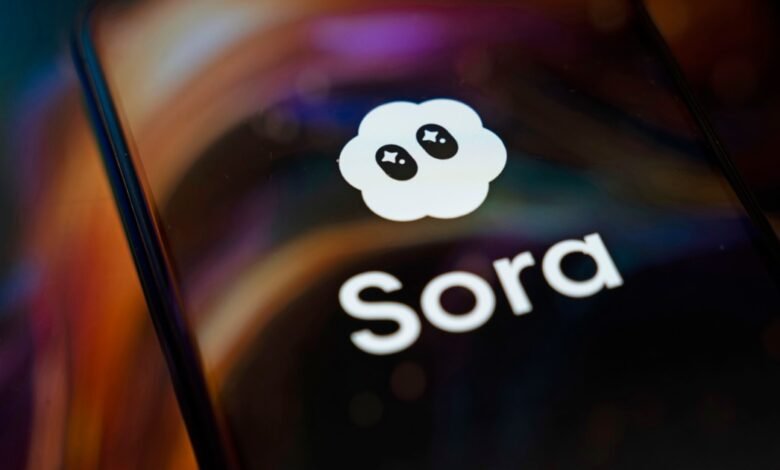Sora: Why You Should Join the Competition

▼ Summary
– Sora has achieved record-breaking downloads in the US and Canada, with 627,000 iOS downloads in its first week surpassing ChatGPT’s initial numbers.
– The app uses an invite-only system and generates highly realistic, compelling AI videos that blur the line between reality and fakery.
– Sora introduces new risks as the collapse between reality and AI-generated content makes it increasingly difficult for consumers to distinguish what’s real.
– The platform faces criticism for copyright abuse, creating legal liabilities for businesses that must understand their ethical and legal obligations.
– Despite risks, Sora represents a revolutionary shift in social AI, offering significant opportunities for businesses to capitalize on early adoption.
While Sora, the new social and video application from the creators of ChatGPT, has yet to officially launch in Australia, its explosive debut in the United States and Canada signals a major shift on the horizon. Data from the Australian software firm Airteam reveals the iOS version of the Sora app was downloaded an impressive 627,000 times in its first week, even outpacing the initial launch of the main ChatGPT application. This overwhelming demand is further evidenced by the frenzy for invite codes spreading across social platforms, as users clamor for access to the innovative tool.
The content produced by Sora is undeniably compelling. While the videos are synthetic, their realism is often uncanny. Many outputs are so fantastical that their artificial nature is obvious, but as the technology generates scenes that closely mimic our reality, the distinction between fact and fabrication becomes dangerously blurred. This erosion of trust in digital media represents a significant and growing concern.
At its core, Sora represents a fundamental pivot in the application of artificial intelligence by placing social interaction at the forefront. The process is strikingly simple: users scan their faces, recite a few numbers, and are instantly inserted as the star of AI-generated videos. These can range from believable selfies to absurd scenarios like skydiving while holding a pizza. The platform’s interface, which closely mirrors that of TikTok, encourages endless content consumption and sharing. In an online world saturated with generic AI content, Sora’s key differentiator is making you and your social circle active participants in the spectacle.
For many, AI has previously felt like a useful but largely harmless tool—good for automating minor tasks but unreliable for serious work. The launch of Sora, however, introduces a new class of risks that may prove far more difficult to manage. After viewing countless shared videos, the collapse between reality and computer-generated fakery appears both drastic and rapid. While tech-savvy individuals or those with media literacy might spot the differences, the average consumer will find it increasingly, if not completely, impossible to tell what is genuine.
This creates a substantial problem. Some platforms, including Pinterest, have begun offering users the option to block AI-generated content, a feature that has proven popular. However, these are voluntary safeguards, akin to placing a finger in a leaking dam. The torrent of synthetic media is only growing stronger, and Sora is accelerating us into a future where determining authenticity is a constant challenge.
On the business front, the legal landscape is equally fraught. Sora has faced widespread criticism for blatant copyright infringement, with even its own leadership questioning potential lawsuits from major rights holders like Nintendo. While the app makes it simple for anyone to create content, businesses are legally accountable entities. Any company looking to leverage this new social wave must operate with clear guardrails and a thorough understanding of their ethical and legal responsibilities to avoid significant liability.
Despite these serious caveats, the potential for capitalizing on this trend is immense. Sora appears to be a revolutionary leap, not just a simple evolution. Its powerful capabilities suggest it is more than a passing fad. Although currently restricted to North America, its global expansion is inevitable. Australian businesses have a clear opportunity to get ahead of the curve by familiarizing themselves with the existing ecosystem of supporting tools, such as voice-to-video AI, generative editing suites, and avatar builders. Historically, local enterprises have been slow to adopt such disruptive technologies, but the transformative power of platforms like Sora makes early engagement a strategic imperative.
(Source: ITWire Australia)



